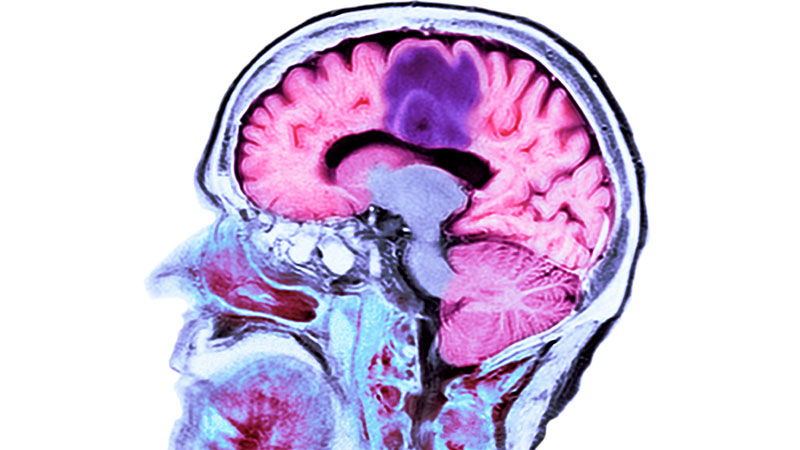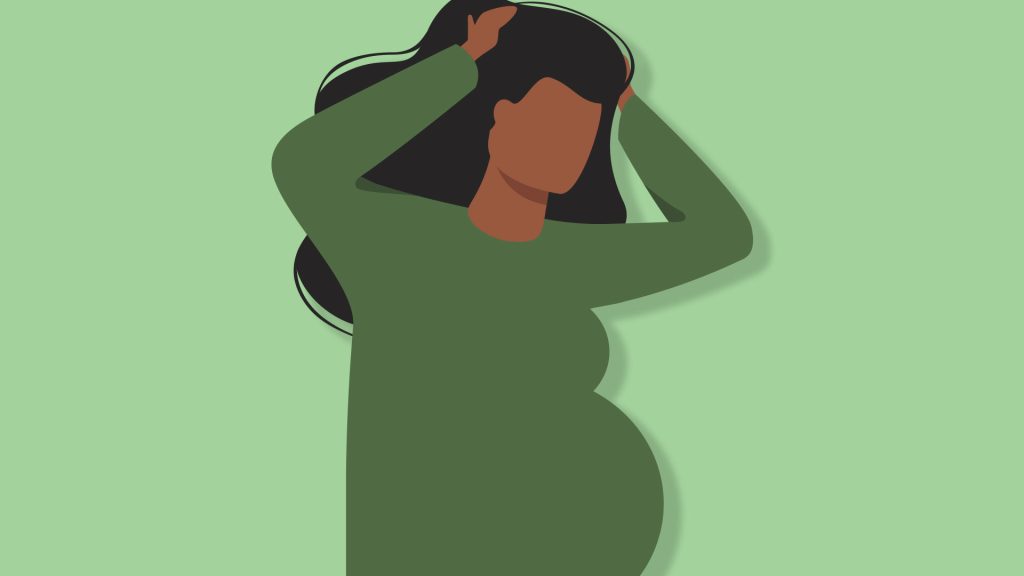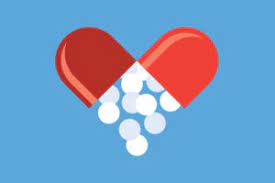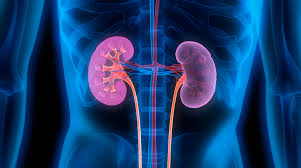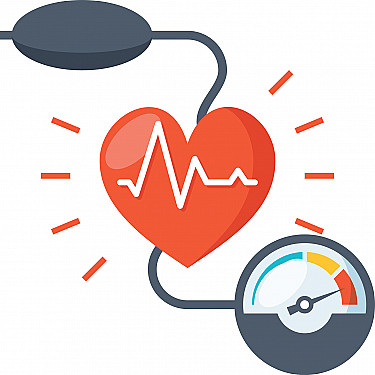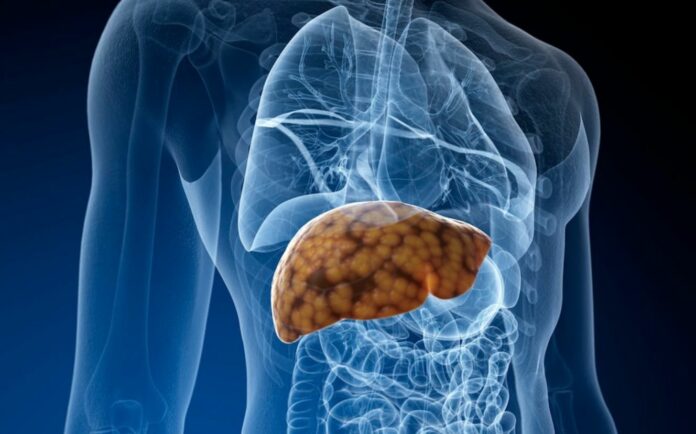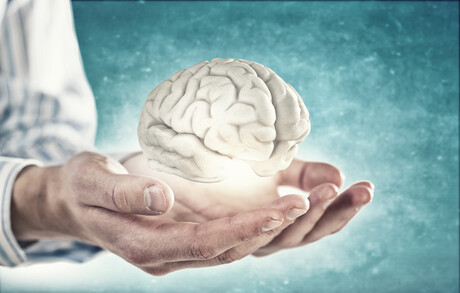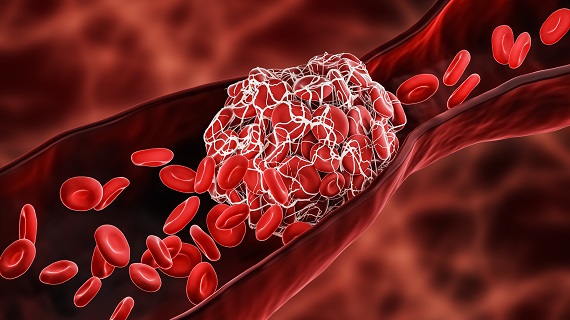Children marked packaged food are higher in sugar.
According to researchers, packaged foods targeted toward children had more sugar content and fewer critical elements than other goods. Among the products they looked at, they claimed that cereal and toaster pastries had the most kid-friendly marketing.
According to experts, governments need to regulate product marketing to youngsters and provide greater parental education.

Foods marketed towards children often include more sugar and fewer essential nutrients than foods with less kid-friendly packaging. That is supported by a Canadian study that was just published in the journal PLOS ONE.
Nearly 6,000 distinct food items that were important to kids’ diets were examined by researchers, and they found that 13% of them had marketing targeted towards kids, with the potency of such marketing ranging from product to product.
Although there was a generally poor association between marketing effectiveness and general nutrient levels, the researchers found that the meals that were considered to be the most appealing to children had more sugar content than those in conventional packaging, with an average of 14.7 grams compared to 9 grams.
“While this study found variability in nutritional quality and composition depending on the food category and the nutrient, results showed that in many cases, products with child-appealing packaging were higher in nutrients of concern in particular, total sugars, free sugars, and sodium than products with non-child-appealing packaging,” the University of Toronto and the University of Ottawa researchers wrote in a press release.
Only two food categories—cereal and toaster pastries—had more than 50% of their marketing targeted at children out of all the foods examined. These were some of the goods that were actively sold to children.
Is marketing important?
How does one distinguish between “child-appealing” and unappealing content?
With a formalized system based on a dozen distinct categories, the researchers aimed to overcome this fundamental problem.
“The current lack of standardization in terms of definitions and methodologies for evaluating child-appeal is concerning,” the researchers stated.
According to them, “the specific marketing strategies that were advertised on product packages varied across food categories.” However, fundamental strategies that have historically been utilized in child-friendly marketing, such as using characters and appealing to fun or coolness, were still widely adopted across the sample.
Of course, kids don’t typically buy cereal or pastries for themselves, but kids’ interests often have an impact on their parents’ purchasing decisions.
“The ‘nag factor’ or ‘pester power’ is a term used to describe the influence that children, especially toddlers, and preschoolers, have on their parents’ purchasing decisions,” Agbai said. “Marketers are aware that kids can persuade their parents to buy a product they want by bothering or nagging them all the time. The theory is that the more a youngster requests a product, the more probable it is that the parent will cave and buy it.”
Children may influence their parents’ purchasing decisions, making them a desirable demographic to target for businesses, she continued. “This phenomenon is a potent force in the retail industry,” she said.
Need for more children’s product regulation and education
The researchers recommended that politicians enact more strenuous marketing rules to safeguard children to assist in reducing the promotion of less healthful foods directly to youngsters.
Paediatrician Dr. Daniel Ganjian, FAAP, of Providence Saint John’s Health Centre in California concurred, pointing out that physicians too have a part to play.
Ganjian advised us that parenting and pediatric organizations should publish a best-practices guide for marketing to children. “Parents should only patronize businesses and organizations that adhere to this philosophy.” Asking the government to control the promotion of unhealthy foods to children is another option.
Parents also have a responsibility
For parents, it’s learning what is actually healthy and unhealthy for their children, according to Florida-based dietitian Jesse Feder, RDN, who spoke with us.
“Learning what these foods can do to your kids can help parents understand the severity of the situation,” he continued. “It’s crucial to inculcate healthy eating habits in children and to teach them why some foods are unhealthy and others are beneficial.”
Successful initiatives include, among others, adding nutritional information on menus in American restaurants, expanding access to healthy food in underserved areas, lowering the number of food swamps, and limiting the amounts of drinks and other goods sold at fast food restaurants.
Processed and packaged food safety
Dr. Christine Mulligan, the study’s principal author, claims that packaged foods for kids are extremely harmful and have minimal nutritional value.
“A lot of the products in our grocery stores are highly advertised to youngsters and have quite strong marketing campaigns. Christine Mulligan stated, “Unfortunately, we also discovered that these items are typically much more nutritionally inferior and highly unhealthy than those that aren’t being marketed to children.
Additionally, according to the researchers, the packaged goods that were found to be the most enticing to children were the ones with the highest sugar content, with an average of 14.7 grams as opposed to 9 grams for items with ordinary and unattractive packaging.
Researchers believe that things may get worse.
Given that the study only looked at packaged goods, researchers think that the issues with packaged foods may be even more severe. However, it is concerning because it is unknown how much marketing children actually encounter in daily life.
Kids learn about these items from social media, television, community centers, and other sources. As a result of all these marketing strategies, children become more aware of these products, which hurt their eating habits and contribute to the global epidemic of childhood diabetes, obesity, and other diet-related ailments.
More control of packaged foods for kids.
The researchers claim that to lessen the marketing of packaged goods directly to children, greater regulation and information on kids’ items are required.
To safeguard children’s health and general well-being, researchers contend that tougher regulations should be put in place today against the marketing of packaged foods.
According to Christine Mulligan, these regulations must be strict and all-encompassing to shield kids from these damaging marketing techniques wherever they go to live, play, and eat.
She advised parents to take charge in the interim and make some adjustments at home. Cooking and eating more meals at home can help parents monitor their child’s sugar and calorie intake.
There should be more control over packaged foods for kids. Mulligan also advises discussing with kids how the long-term health effects of companies and marketing strategies can affect them.
REFERENCES:
- https://www.medicalnewstoday.com/articles/packaged-foods-marketed-to-kids-are-significantly-higher-in-sugar-and-lower-in-other-nutrients-than-other-products
- https://www.sportskeeda.com/health-and-fitness/packaged-foods-drinks-children-sugar-less-nutrients-study-reveals
- https://scienmag.com/packaged-foods-marketed-to-kids-are-significantly-higher-in-sugar-and-lower-in-other-nutrients-than-other-products-according-to-canadian-study-of-almost-6000-items/
For high blood sugar medications that have been suggested by doctors worldwide are available here https://mygenericpharmacy.com/index.php?therapy=13
